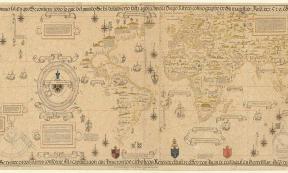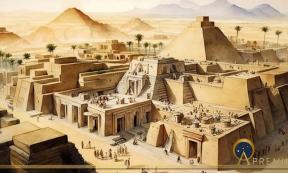History and Civilizations of Mesopotamia
The chronology of Mesopotamia is a complex and intricate subject due to the vast expanse of time it encompasses and the various civilizations that flourished in the region. Mesopotamia's history can be divided into several periods, each marked by the rise and fall of different empires and city-states. Here is a brief overview of the major periods in Mesopotamian chronology:
- Prehistoric Period: This period predates the emergence of written records and is divided into the Ubaid and Uruk periods. During this time (around 5000-3000 BC), the earliest settlements and agricultural practices developed, leading to the rise of city-states.
- Early Dynastic Period: Around 2900 BC, the city-states of Sumer began to unify under the rule of individual kings, forming the first dynasties. Notable cities during this period include Ur, Lagash, and Uruk.
- Akkadian Empire: In the 24th century BC, Sargon of Akkad established the first empire in Mesopotamia, encompassing Sumer and Akkad. The Akkadian Empire lasted for about two centuries before it declined.
- Third Dynasty of Ur: This period, also known as the Neo-Sumerian period, occurred in the 21st century BC. The Third Dynasty of Ur witnessed a cultural and architectural renaissance, with notable achievements in literature, law, and trade.
- Old Babylonian Period: Following the fall of the Third Dynasty of Ur, Hammurabi, the king of Babylon, rose to power in the 18th century BC. Hammurabi is renowned for his law code, known as the Code of Hammurabi, which remains a significant legal document.
- Assyrian Empire: The Assyrians, based in the northern region of Mesopotamia, established a powerful empire in the 9th century BC. They expanded their territory through military conquests and became known for their advanced warfare tactics.
- Neo-Babylonian Empire: Under the rule of King Nebuchadnezzar II, the Neo-Babylonian Empire emerged in the 6th century BC. This period saw the construction of magnificent structures like the Hanging Gardens of Babylon, and the conquest of Jerusalem.
- Achaemenid: In 539 BC, the Persian Empire, led by Cyrus the Great, conquered Babylon, bringing Mesopotamia under Persian control. This period witnessed a degree of cultural and religious tolerance under Persian rule.
It's important to note that this is a simplified overview, and within each period, there were often political upheavals, transitions of power, and interactions with neighboring regions. The chronology of Mesopotamia is a subject of ongoing research and refinement, as new archaeological discoveries and historical analyses shed light on this ancient and fascinating civilization.







































